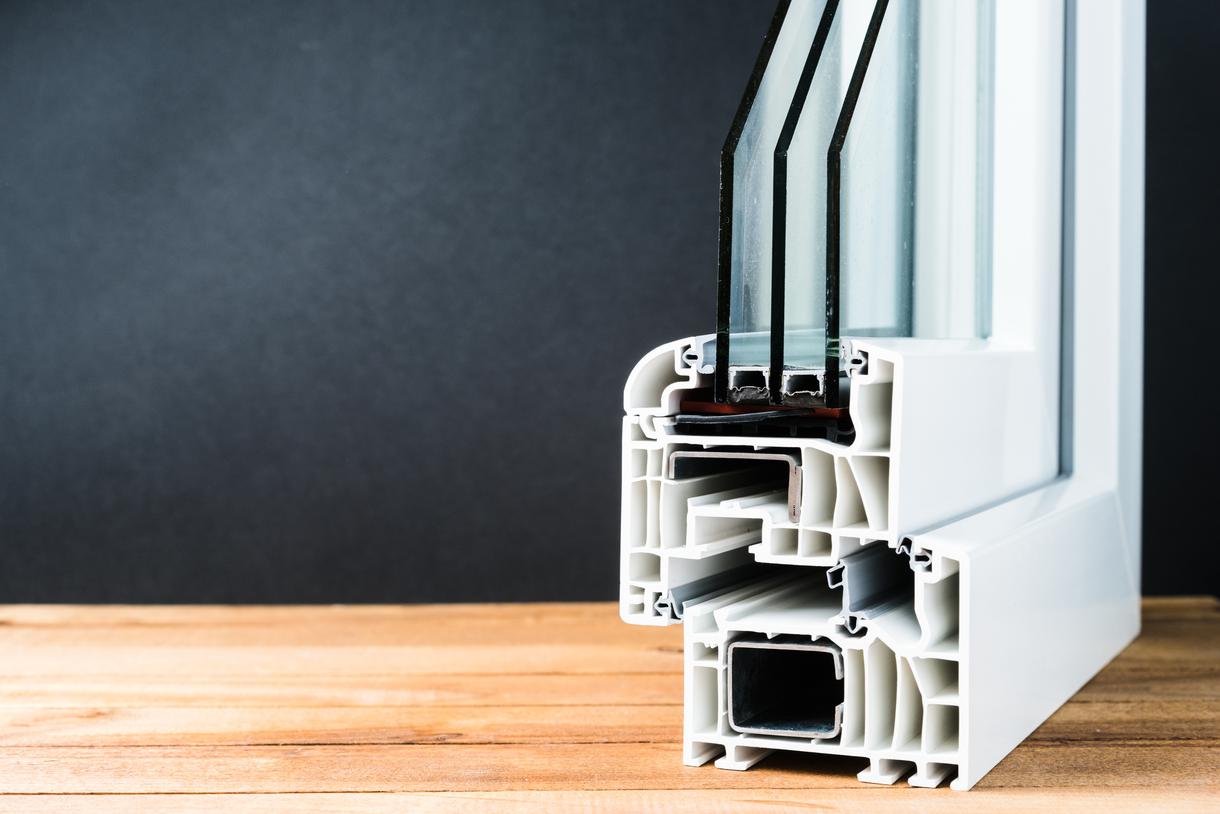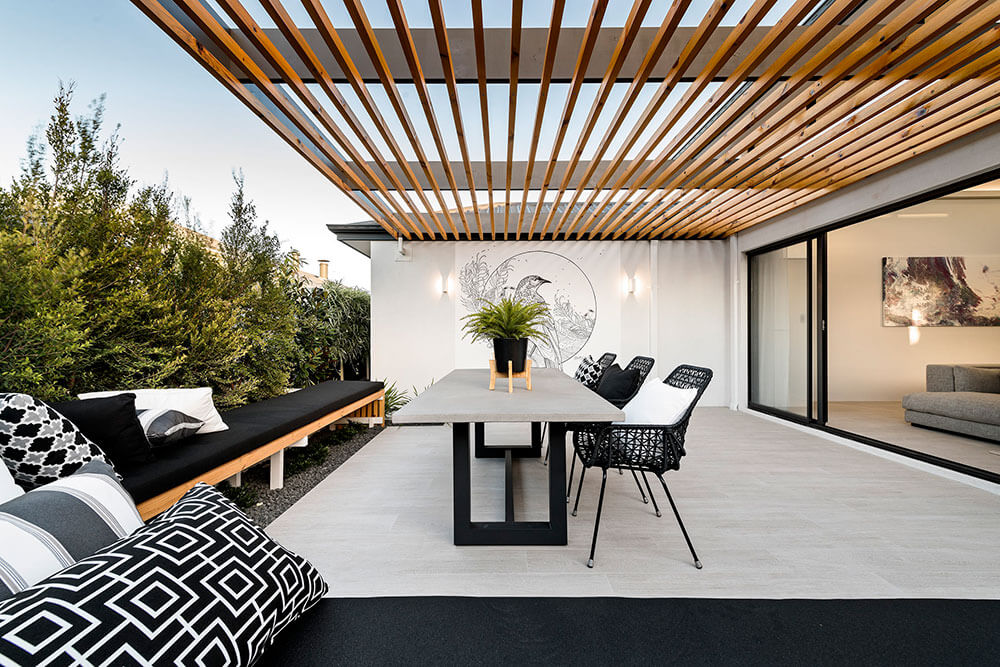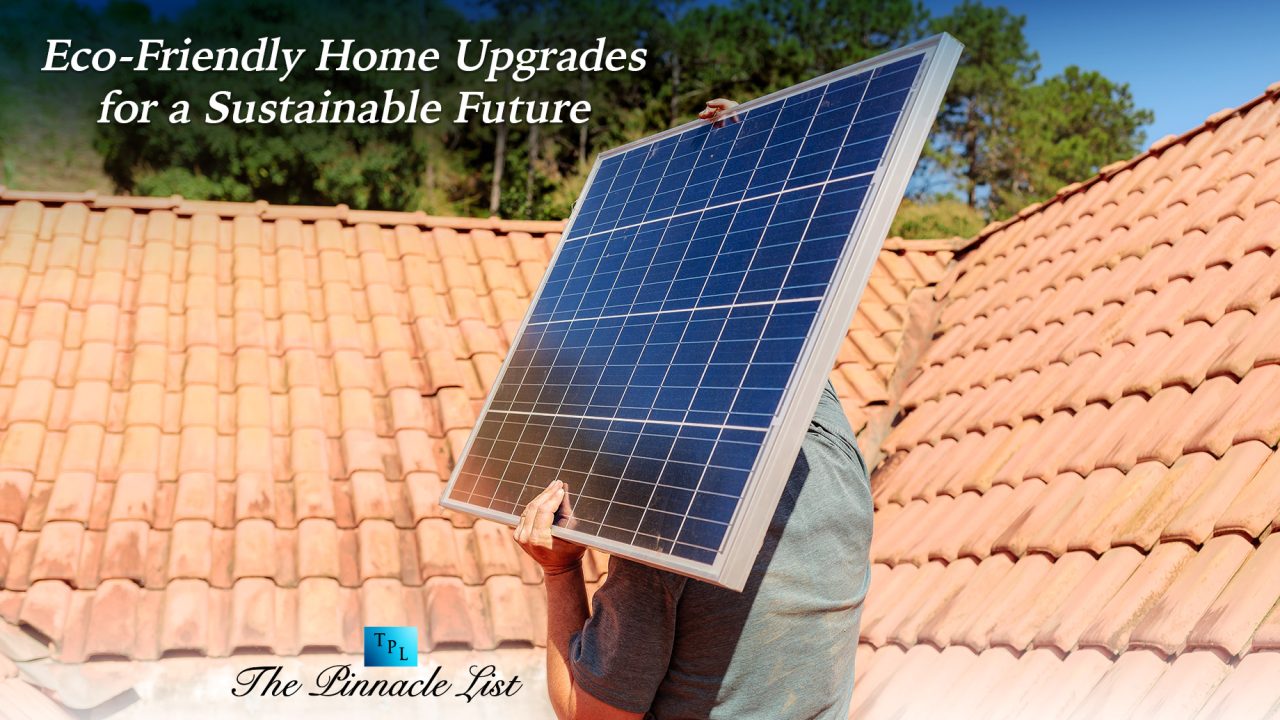Eco-Friendly Lifestyle Upgrades for Home Exteriors: A Sustainable Approach to Enhancing Your Property
Embark on a journey towards a greener living space with eco-friendly lifestyle upgrades for home exteriors. From sustainable materials to energy-efficient upgrades, this guide will explore various ways to enhance your property while minimizing your environmental footprint.
As we delve deeper into the realm of eco-conscious home improvements, you’ll discover practical tips and innovative solutions to create a more sustainable and eco-friendly living environment right at your doorstep.
Eco-Friendly Materials
Using eco-friendly materials for home exteriors is not only beneficial for the environment but also for your home in the long run. These materials are sustainable, renewable, and have a lower impact on the environment compared to traditional materials. Let’s explore some of the eco-friendly materials suitable for home exteriors and their benefits.
1. Recycled Wood
Recycled wood, such as reclaimed timber or salvaged wood, is an excellent eco-friendly material for home exteriors. It reduces the demand for new timber, thereby helping to preserve forests. Recycled wood also adds a unique and rustic charm to your home while reducing waste.
2. Bamboo
Bamboo is a fast-growing plant that can be harvested sustainably. It is a durable and versatile material that can be used for decking, siding, and fencing. Bamboo is also biodegradable and requires minimal maintenance, making it a great choice for eco-conscious homeowners.
3. Cork
Cork is a renewable material harvested from the bark of cork oak trees. It is lightweight, insulating, and resistant to mold and mildew. Cork can be used for exterior cladding, roofing, and flooring, providing a natural and sustainable option for your home.
4. Recycled Metal
Recycled metal, such as aluminum or steel, is another eco-friendly material that can be used for roofing, siding, and gutters. Using recycled metal reduces energy consumption and greenhouse gas emissions associated with mining and processing new metals. Recycled metal is also durable and can last for decades.By choosing eco-friendly materials for your home exteriors, you not only contribute to a healthier environment but also create a sustainable and energy-efficient home for you and your family.
These materials may have a higher upfront cost, but their durability and low maintenance requirements can result in long-term savings and benefits for both you and the planet.
Energy-Efficient Upgrades
When it comes to upgrading your home exteriors to be more energy-efficient, there are several options that can help reduce your utility bills and minimize your environmental impact.
Solar Panels
Installing solar panels on your roof is a great way to harness renewable energy from the sun. By generating your own electricity, you can reduce your reliance on the grid and lower your utility bills significantly.
Energy-Efficient Windows
Upgrading to energy-efficient windows with double or triple glazing can improve insulation and reduce heat loss during the winter months. This can help maintain a comfortable temperature inside your home without relying heavily on heating or cooling systems.
LED Lighting
Switching to LED lighting fixtures for your outdoor spaces can help reduce energy consumption and lower your electricity bills. LED lights are more energy-efficient and have a longer lifespan compared to traditional incandescent bulbs.
Smart Thermostats
Investing in a smart thermostat for your heating and cooling systems can optimize energy usage by adjusting temperatures based on your preferences and schedule. This can lead to significant savings on your utility bills while reducing energy waste.
Water Conservation Solutions

When it comes to creating an eco-friendly home exterior, water conservation is a crucial aspect to consider. By implementing water-saving options and features, you can not only reduce your environmental impact but also save on water bills.
Drought-Resistant Landscaping
One effective way to conserve water in your outdoor space is by opting for drought-resistant plants and landscaping. These plants require less water to thrive, reducing the need for constant irrigation.
Rainwater Harvesting Systems
Installing a rainwater harvesting system can help you collect and store rainwater for outdoor use. This collected water can then be used for watering plants, washing cars, or other outdoor tasks, reducing the need for tap water.
Permeable Paving
Consider using permeable paving materials for driveways, walkways, and patios. These materials allow rainwater to seep through them and recharge the groundwater instead of contributing to runoff and water waste.
Smart Irrigation Systems
Upgrade to a smart irrigation system that adjusts watering schedules based on weather conditions and soil moisture levels. This ensures that your plants receive just the right amount of water, avoiding overwatering and unnecessary water usage.
Green Landscaping Practices

Green landscaping practices involve using sustainable and environmentally friendly techniques to create beautiful outdoor spaces while minimizing negative impacts on the environment. By incorporating green landscaping practices, you can reduce water consumption, minimize chemical use, and support local ecosystems.
Eco-Friendly Landscaping Techniques
- Planting native vegetation: Use plants that are naturally found in your region as they require less water and maintenance.
- Xeriscaping: Designing your landscape to minimize water usage by incorporating drought-tolerant plants and efficient irrigation systems.
- Composting: Utilize compost from organic waste to enrich the soil and reduce the need for chemical fertilizers.
- Rainwater harvesting: Collect rainwater in barrels or cisterns to use for watering plants and reduce reliance on municipal water sources.
Examples of Native Plants for Sustainable Landscaping
- California Poppy: A drought-tolerant plant that adds vibrant color to gardens and requires minimal water.
- Lavender: A fragrant herb that attracts pollinators and thrives in dry conditions.
- Manzanita: A native shrub with beautiful flowers that is well-suited for low-water landscapes.
Benefits of Green Landscaping
- Conserves water: By using drought-tolerant plants and efficient irrigation methods, green landscaping reduces water consumption.
- Supports biodiversity: Native plants provide habitat and food for local wildlife, promoting a healthy ecosystem.
- Improves soil health: Composting and mulching practices in green landscaping enhance soil fertility and structure.
Solar Power Integration
Solar power integration involves the process of installing solar panels on the home exterior to harness energy from the sun. This renewable energy source offers numerous benefits for a more sustainable lifestyle, including reducing electricity bills, decreasing reliance on fossil fuels, and lowering carbon emissions.
Optimizing Solar Panel Placement and Usage
When integrating solar panels into your home exterior, it is essential to consider the optimal placement and usage for maximum efficiency. Here are some tips to help you make the most of your solar power system:
- Position the solar panels in a location with maximum exposure to sunlight throughout the day, typically facing south in the northern hemisphere and north in the southern hemisphere.
- Ensure there are no obstructions such as trees or buildings that could shade the solar panels and reduce their efficiency.
- Regularly clean the solar panels to remove any dirt or debris that could block sunlight and impact their performance.
- Monitor your energy consumption patterns and adjust your usage to align with peak solar production hours to maximize the benefits of solar power.
- Consider installing a battery storage system to store excess energy generated by your solar panels for use during periods of low sunlight or at night.
Conclusion

In conclusion, adopting eco-friendly lifestyle upgrades for your home exteriors not only benefits the environment but also enhances the beauty and functionality of your property. By incorporating these sustainable practices, you can create a harmonious balance between nature and modern living, paving the way for a brighter and greener future.
FAQs
What are some benefits of using eco-friendly materials for home exteriors?
Eco-friendly materials not only reduce environmental impact but also promote healthier indoor air quality and can increase the overall energy efficiency of your home.
How can water-saving options be integrated into landscaping for home exteriors?
Water-saving options like drip irrigation systems, rain barrels, and drought-resistant plants can help minimize water usage in landscaping while maintaining a lush and vibrant outdoor space.
What are the advantages of integrating solar panels into the home exterior?
Solar panels can significantly reduce energy costs, decrease reliance on non-renewable energy sources, and contribute to a more sustainable lifestyle by harnessing clean and renewable solar power.